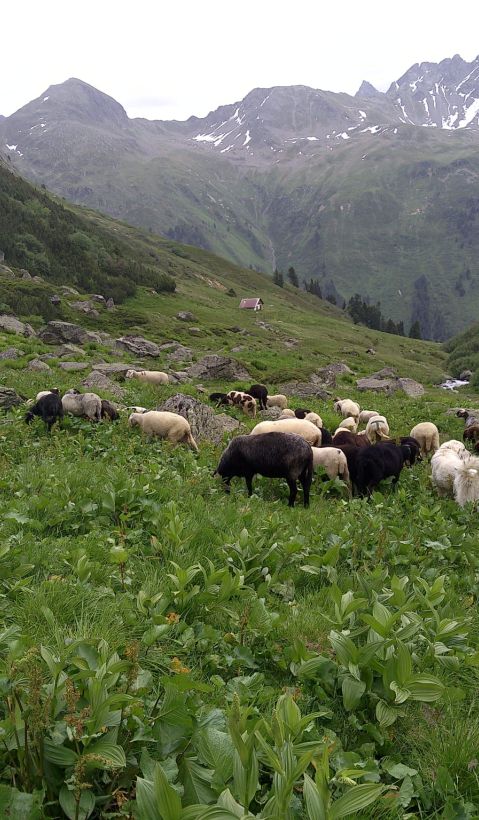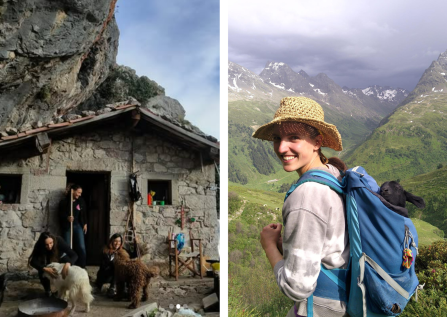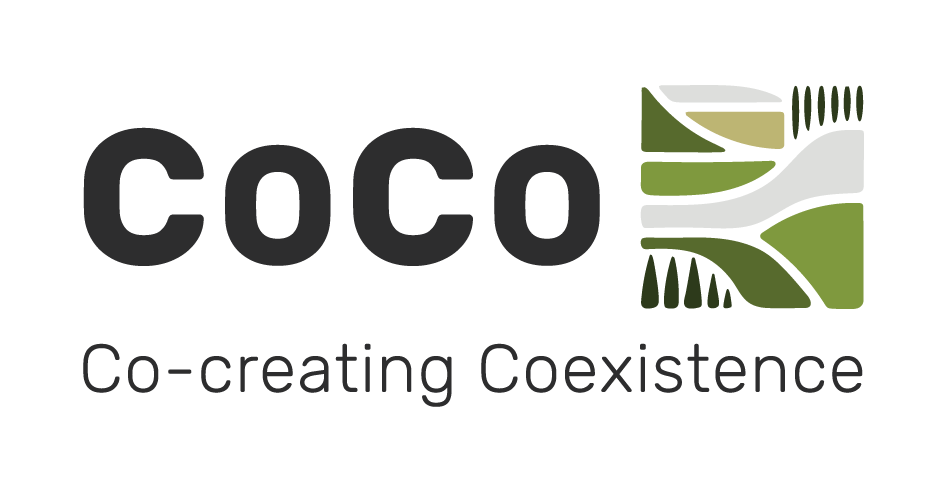
From Mountain Pastures to Research: Two Women Bridging Pastoralism and Conservation
| Date |
Date
|
Zuriñe Iglesias González (Madrid, 27) and Angie Ruiz (Reus, 29) represent a new generation of women who are forging connections between modern pastoralism and conservation science. Their diverse backgrounds and shared commitment to finding ways of balancing livestock and wildlife in the same spaces highlight the importance of local knowledge and lived experience in shaping sustainable futures for Europe’s rural landscapes.
A Life in the Pastures
Zuriñe grew up near Madrid and has worked as a shepherdess and cheesemaker in Spain, Italy, and Germany. Now based in the Alps, she participates in herd protection pilot projects in Austria, adapting livestock management to the presence of large carnivores like wolves. Her hands-on experience includes using livestock-guarding dogs and electric fencing and balancing traditional practices with modern solutions. All captured on her Instagram profile, together with her colleague Celia, Pastoras nómadas. “Pastoralism is more than just a job – it’s a way of life that connects people, animals and the land” Zuriñe explains.
Angie, an environmental biologist from Reus, never imagined her path would lead her from the city to the remote mountain landscapes of Asturias (Northern Spain). Her first experience reducing conflicts between livestock and large carnivores came during her Master’s in Lausanne, where she volunteered with OPPAL, a project monitoring herds in wolf territory. Inspired by the practical realities and challenges of rural life, she later co-founded Les Mastines in Asturias – a successful volunteer initiative supporting local farmers and shepherds with monitoring and surveillance, and fostering dialogue between urban and rural worlds.

Bridging Pastoralism and Science
Zuriñe’s passion for herding led her to research with CITA, a partner organisation in the EU-funded CoCo project (Co-creating Coexistence). Her dual role gives her a unique perspective on how pastoral systems interact with wildlife and how they can adapt to ensure coexistence. She supports CITA in mapping the diversity of extensive and semi-extensive pastoral systems in Spain. Her work –implementing farmer surveys and conducting interviews– provides essential insights for evidence-based coexistence strategies. “Through this research, we aim to ensure that pastoral systems remain sustainable and resilient, even as they adapt to the challenges posed by large carnivores,” Zuriñe says.
Angie’s journey from academic ecology to hands-on pastoralism has deepened her belief that conservation policy must be shaped by those who live and work closest to the land. Now based in the Picos de Europa, she balances her own livestock operation with environmental consultancy work and collaboration on projects like CoCo. “Environmental management and conservation can only succeed when all voices –especially those of local communities– are heard,” she says.
A Shared Voice for Coexistence
Both Zuriñe and Angie demonstrate that the future of coexistence between people and wildlife depends on integrating local pastoralists knowledge with scientific research. Their stories are a testament to the value of collaboration between pastoralists, scientists, and policymakers, and to the importance of listening to those on the frontlines of human-wildlife interactions. By working together, they are helping to build practical, inclusive solutions that benefit both people and wildlife.
Visit Pastoras Nómadas at https://www.instagram.com/pastoras_nomadas/.
Visit Les Mastines at https://www.lesmastines.org/.
